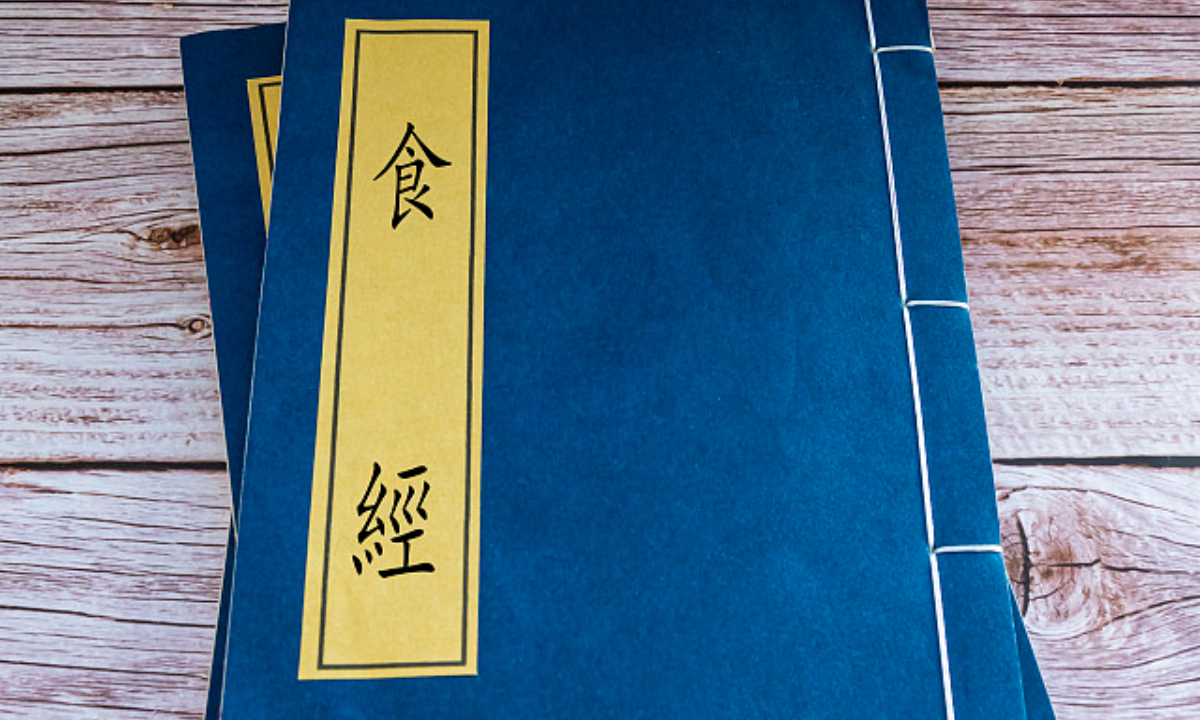
Copies of the Classic of Food Photo: VCG
The Classic of Food is one of the renowned ancient books on Chinese food. It records about 50 kinds of food from the late 5th century to the early 6th century.
It is said that the book was written in the Sui Dynasty (581-618) by an official named Cui Hao, who noted down his mother's dictations about the food cooked in his home. It covers different kinds of food, including stew, soup, pancakes, pastry, steamed buns, roasts, noodles and other cooked meat dishes. Unfortunately, the entire book has not been passed down, but some of the recipes found in other ancient books were believed to originate from the Classic of Food.
For example, in the book entitled Qimin Yaoshu, or Arts for the People, a comprehensive work on agriculture, recorded 25 articles out of 92 on cooking, preserving and storing food and wine-making skills. In China, food culture has always been influenced by the philosophy of yin and yang as well as harmony, Confucianism and traditional Chinese medicine. As Confucius said, "One does not object to the finest food."
Apart from the variety of food, this book placed great emphasis on the quality of ingredients, seasoning, exact flavoring, the extent and timing of heating, the proper use of cooking utensils, as well as other skills.
According to the book, there are various kinds of seasonings such as light- or strong-flavored sauces; raw or cooked sesame oil; aged and new vinegar as well as sour wine and sweet wine. A good cook should use sauces made in mid-summer to give precise flavor, just like a pretty girl should wear a fine dress to show her beauty.
And flavoring should be done according to different dishes. Some of them should be added with both edible oil and water while others only with one of them; some should be given both salt and soy sauce while others only one; some ingredients are too greasy or fishy, so they should be first fried or sprinkled with vinegar to make them taste fresher. Dry ingredients should retain their original flavor in dishes, while fresh vegetables should be cooked with soup to bring out their fresh taste.
Despite the scarcity of records, this book can still serve as a valuable reference for people today to learn about China's profound food culture.
Global Times

